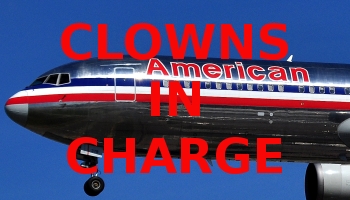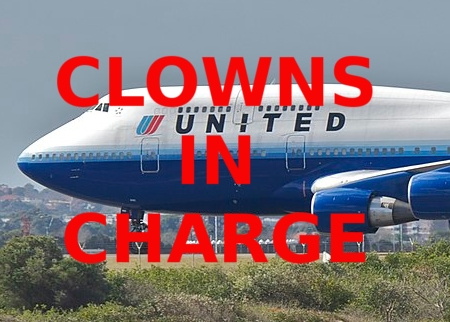NASA announces launch coverage for the first Starliner manned capsule launch on May 6, 2024
NASA today released the details for its public media coverage of the first manned launch at 10:34 pm (Eastern) on May 6, 2024 of Boeing’s Starliner capsule.
NASA will provide live coverage of prelaunch and launch activities for the agency’s Boeing Crew Flight Test, which will carry NASA astronauts Butch Wilmore and Suni Williams to and from the International Space Station.
Launch of the ULA (United Launch Alliance) Atlas V rocket and Boeing Starliner spacecraft is targeted for 10:34 p.m. EDT Monday, May 6, from Space Launch Complex-41 at Cape Canaveral Space Force Station in Florida. The flight test will carry Wilmore and Williams to the space station for about a week to test the Starliner spacecraft and its subsystems before NASA certifies the transportation system for rotational missions to the orbiting laboratory for the agency’s Commercial Crew Program.
Starliner will dock to the forward-facing port of the station’s Harmony module at 12:48 a.m., Wednesday, May 8.
Though that coverage includes several prelaunch and post launch press conferences, the key coverage of the launch itself will begin at 6:30 pm (Eastern) on May 6th, about four hours before the launch itself. It will also include the capsule’s docking with ISS on May 8th.
I will embed NASA’s Youtube live stream here on Behind the Black on both dates, though as always I sugggest waiting until just before launch and docking to tune in. The four hours of streaming prior to launch is mostly going to be NASA propaganda, touting the agency and often misconstruing the facts to overstate its importance. This launch will be just like SpaceX’s Dragon launches, in that almost everything will be run by the two private companies involved, Boeing and ULA, and not NASA. NASA’s real involvement will only begin at the docking to ISS.
This first manned flight of Starliner is long past due. It was supposed to occur about four years ago, but numerous technological and management problems at Boeing forced many delays. Getting that capsule operational will finally give NASA two American companies capable of putting humans in space. It will also offer some competition to SpaceX, though this competition will be weak until Boeing can demonstrate Starliner’s reliability.
NASA today released the details for its public media coverage of the first manned launch at 10:34 pm (Eastern) on May 6, 2024 of Boeing’s Starliner capsule.
NASA will provide live coverage of prelaunch and launch activities for the agency’s Boeing Crew Flight Test, which will carry NASA astronauts Butch Wilmore and Suni Williams to and from the International Space Station.
Launch of the ULA (United Launch Alliance) Atlas V rocket and Boeing Starliner spacecraft is targeted for 10:34 p.m. EDT Monday, May 6, from Space Launch Complex-41 at Cape Canaveral Space Force Station in Florida. The flight test will carry Wilmore and Williams to the space station for about a week to test the Starliner spacecraft and its subsystems before NASA certifies the transportation system for rotational missions to the orbiting laboratory for the agency’s Commercial Crew Program.
Starliner will dock to the forward-facing port of the station’s Harmony module at 12:48 a.m., Wednesday, May 8.
Though that coverage includes several prelaunch and post launch press conferences, the key coverage of the launch itself will begin at 6:30 pm (Eastern) on May 6th, about four hours before the launch itself. It will also include the capsule’s docking with ISS on May 8th.
I will embed NASA’s Youtube live stream here on Behind the Black on both dates, though as always I sugggest waiting until just before launch and docking to tune in. The four hours of streaming prior to launch is mostly going to be NASA propaganda, touting the agency and often misconstruing the facts to overstate its importance. This launch will be just like SpaceX’s Dragon launches, in that almost everything will be run by the two private companies involved, Boeing and ULA, and not NASA. NASA’s real involvement will only begin at the docking to ISS.
This first manned flight of Starliner is long past due. It was supposed to occur about four years ago, but numerous technological and management problems at Boeing forced many delays. Getting that capsule operational will finally give NASA two American companies capable of putting humans in space. It will also offer some competition to SpaceX, though this competition will be weak until Boeing can demonstrate Starliner’s reliability.



